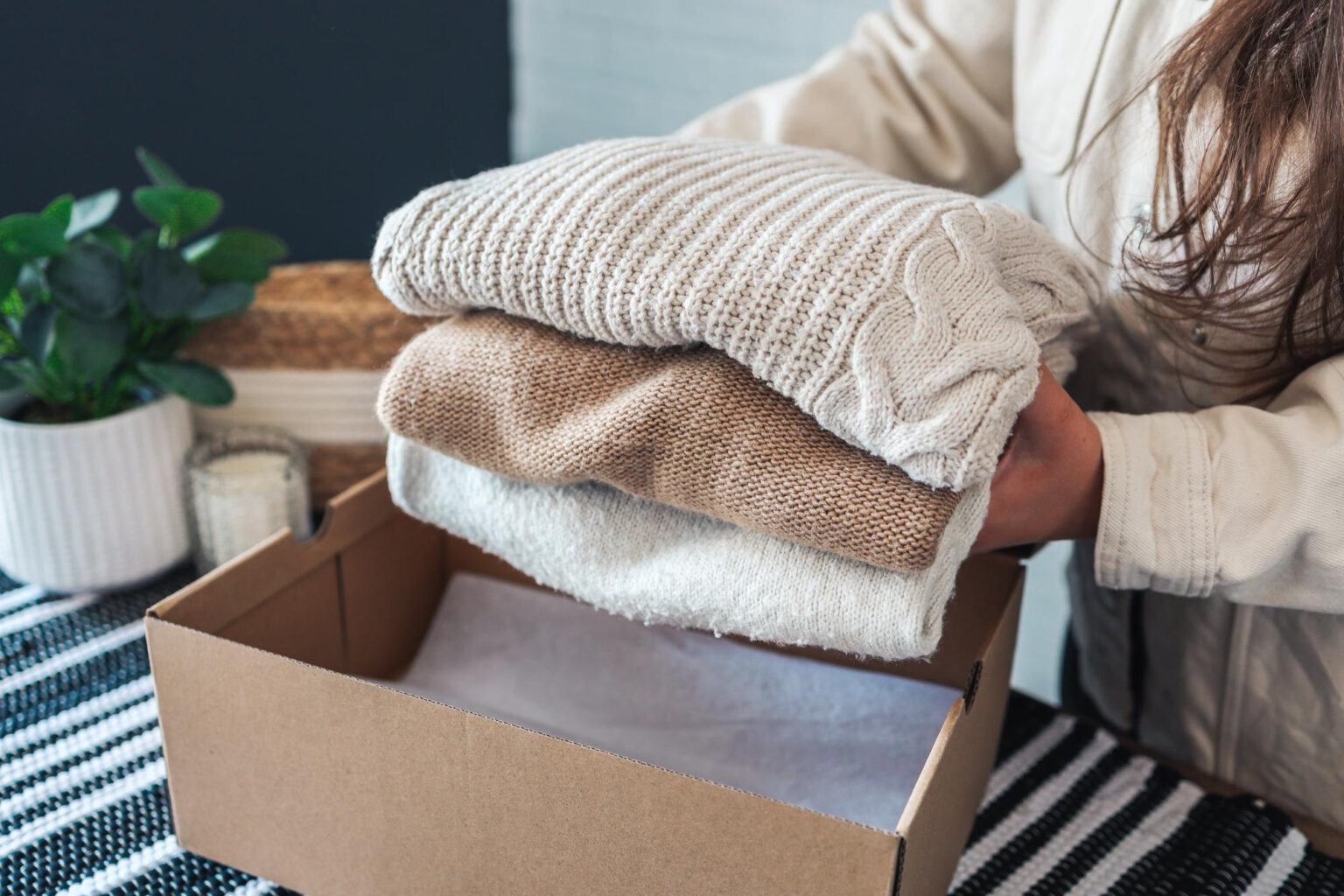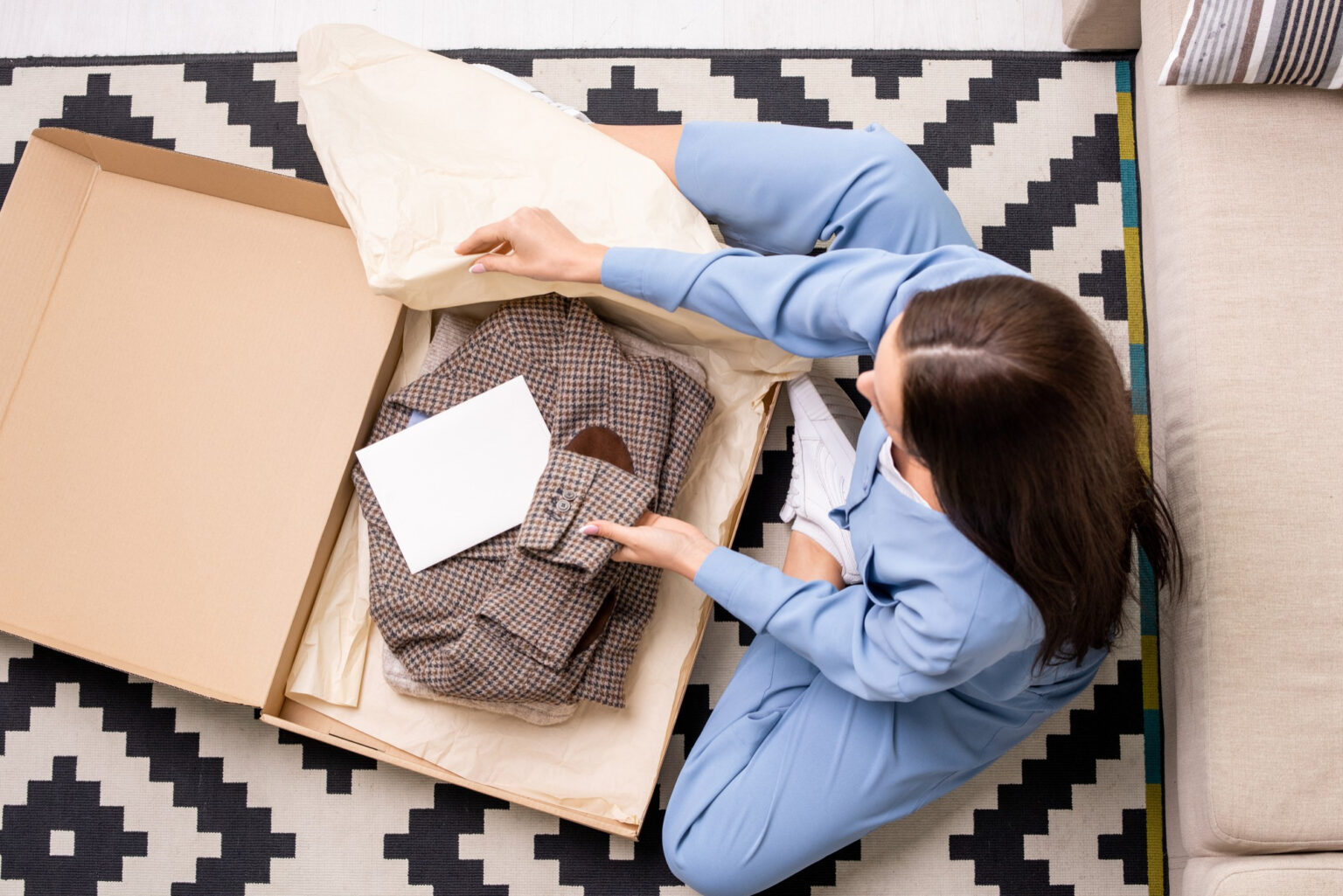Moving homes can be an exciting journey, but it also comes with its share of challenges, with packing being one of the foremost. Among the myriad items that need careful packing, clothes often require special attention. Finding the best way to pack clothes is crucial not only for keeping your wardrobe in pristine condition but also for making your moving process as seamless and stress-free as possible. In this guide, we bring you expert advice drawn from years of experience in the moving industry. We specialize in simplifying moves for our clients in Los Angeles, ensuring every aspect of your relocation, especially packing, is handled with utmost care and efficiency. Join us as we unveil the secrets to efficiently packing your clothes, making your next move a smoother and more enjoyable experience.

Why Proper Packing is Essential
Packing, especially when it comes to clothing, can often be underestimated in its complexity. Many of us face the common challenges of fitting an entire wardrobe into a few boxes, dealing with the delicate nature of certain fabrics, and the frustrating puzzle of utilizing space effectively. The process can be time-consuming and, if not done correctly, may lead to wrinkled or even damaged garments upon arrival.
However, the significance of proper packing extends far beyond just keeping your clothes neat. Efficient packing plays a crucial role in the broader scope of moving. It can drastically save time both during packing and unpacking. By systematically organizing your clothes, you ensure that everything is easily accessible and can be readily put away in your new space. This organized approach not only streamlines the moving process but also significantly reduces the stress associated with disorganized and haphazard packing.
Moreover, proper packing techniques are essential to protect your belongings. Clothes are not just fabric; they hold value, memories, and sometimes significant financial investment, especially in the case of designer or sentimental pieces. Proper packing safeguards these items from potential damage, such as tears, stains, or exposure to moisture.
In summary, taking the time to pack your clothes correctly is an investment in a smoother, more efficient moving experience. It ensures that your belongings are protected, reduces the time and effort needed for unpacking, and ultimately contributes to a stress-free relocation. With the right techniques and a little planning, you can ensure that your clothes, and your peace of mind, arrive at your new home in perfect condition.
Before You Start Packing
Before diving into the packing process, it’s essential to approach it strategically to ensure efficiency and ease. Here are some steps to take before you start packing your clothes:
Create a Clothing Inventory
Keeping track of what you have is crucial. Create an inventory of your clothes, categorizing them by type, season, or frequency of use. This inventory can be as simple as a checklist or a detailed spreadsheet. This step will help you stay organized and make unpacking easier. Plus, it’s a lifesaver in case anything goes missing.
Essential Packing Supplies
Having the right supplies makes all the difference. Invest in quality boxes, particularly wardrobe boxes that come with a hanging rod – perfect for suits, dresses, and other garments that need to remain hanging. Use garment bags for delicate items; they provide an extra layer of protection against dust and damage. Vacuum seal bags are great for compacting bulky items like winter clothes and saving space. For a handy lifehack, consider using your suitcases and travel bags to pack clothes – they’re sturdy, easy to transport, and it’s an efficient use of space.
Professional Tips and Tricks
Here are some expert tips to streamline your packing:
- Roll, Don’t Fold: Rolling clothes instead of folding them can save space and reduce wrinkles.
- Layering Technique: Place heavier items at the bottom of the box and lighter ones on top.
- Use What You Have: Wrap delicate items in scarves or use socks to fill gaps in boxes, providing extra cushioning.
- Color Coordination: Organize clothes by color in boxes. This not only looks pleasing but also makes it easier to find items later.
- Label Everything: Clearly label each box with its contents and the room it belongs in. This will make unpacking a breeze.
By following these steps, you’re setting yourself up for a more organized and efficient packing experience. Remember, the key to a successful move is in the preparation, and taking these initial steps can significantly impact the ease of your move.
Packing Techniques and Tips

Packing clothes for a move requires more than just tossing items into boxes. Different types of clothing demand specific packing techniques to ensure they stay organized, wrinkle-free, and in good condition. Here’s a step-by-step guide to help you pack various types of clothing effectively:
- Casual Wear (T-shirts, Jeans, etc.)
- Folding: Fold t-shirts, jeans, and other casual wear neatly. Stack them in boxes or suitcases, placing heavier items at the bottom.
- Rolling: For a space-saving trick, roll items like t-shirts. This method also reduces wrinkles and is great for maximizing space in boxes or duffel bags.
- Formal Wear (Suits, Dresses, etc.)
- Garment Bags: Use garment bags for suits, dresses, and other formal wear to protect against dust and wrinkles.
- Wardrobe Boxes: If possible, use wardrobe boxes for these items. They allow you to hang clothes vertically, just like in a closet.
- Seasonal Clothing (Coats, Swimwear, etc.)
- Vacuum Seal Bags: Bulky winter coats and sweaters can be packed in vacuum seal bags to save space. This method compresses the items, making them easier to pack and transport.
- Separate Boxes: Pack seasonal clothing in separate boxes and label them accordingly. This makes it easier to store them away if they won’t be needed immediately after the move.
- Delicate and Expensive Items
- Individual Wrapping: Wrap delicate items like silk garments or expensive pieces in acid-free tissue paper before placing them in boxes or garment bags.
- Layering: Place a layer of bubble wrap or additional tissue paper between these items for extra protection.
- Maximizing Space and Organization
- Utilize All Spaces: Fill empty spaces in boxes with small items like socks, scarves, or underwear.
- Labeling: Clearly label each box with its contents and the room it belongs to. Consider adding special notes like “fragile” or “this side up” for delicate items.
- Keeping Clothes Wrinkle-Free
- Avoid Overpacking: Don’t overfill boxes or suitcases, as this can lead to wrinkles.
- Use Tissue Paper: Place a sheet of tissue paper between folded layers to prevent creasing.
By following these tailored techniques for each type of clothing, you can ensure that your wardrobe is packed efficiently and arrives at your new home in the best possible condition. Remember, a little extra time spent on careful packing can save a lot of time ironing and reorganizing later!
Labeling and Organizing

Effective labeling and organizing are crucial for a smooth unpacking process. They not only save time but also reduce the stress of searching for items when you arrive at your new home. Here’s how to master this aspect of your move:
- Labeling Boxes for Easy Identification
- Detailed Labeling: Clearly label each box with its specific contents. Instead of just writing “Clothes,” specify “Summer Tops” or “Men’s Formal Wear.” This level of detail helps you find exactly what you need without opening every box.
- Use Color-Coding: Assign a color to each room or category and use colored stickers or markers for labeling. For example, blue for living room items, red for kitchen, green for bathroom, and so on. This visual system makes it easier to identify where each box should go in your new home.
- Numbering System: Implement a numbering system where each box has a unique number. Keep a master list that details the contents of each numbered box. This approach is particularly helpful if you have a large number of boxes.
- Organizing Clothes by Type, Season, or Family Member
- By Type: Group similar types of clothing together – such as all formal wear in one box, casual wear in another. This makes it easier to unpack and organize your wardrobe in the new space.
- By Season: Pack off-season clothing separately and label them accordingly. This way, you can easily store them away until needed, reducing clutter in your new home.
- By Family Member: If packing for a family, dedicate boxes to each family member’s clothing. This helps in distributing and organizing individual wardrobes more efficiently upon arrival.
Special Tips for Labeling and Organizing
- List of Essentials: Create a separate box or suitcase for essentials you’ll need immediately upon arrival, like a change of clothes, pajamas, and basic toiletries. Label it as “Open First.”
- Photograph Before Packing: Take a photo of how clothes are arranged in drawers or closets before packing. This can serve as a reference for how to organize them in your new home.
- Use Apps: Consider using inventory apps where you can keep a digital record of your packed items. Some apps even allow you to add photos and notes for each box.
Remember, the effort you put into labeling and organizing will pay off immensely when it comes to unpacking in your new home. It’s about creating a system that makes the transition from one home to another as seamless and stress-free as possible.
On the Moving Day
Moving day can be hectic, but with the right preparation, especially concerning your clothes, you can ensure a smooth transition. Here are some essential tips for handling your clothes on moving day, reflecting the best way to pack clothes for a stress-free experience:
- Pack an Essentials Bag: Prepare a separate bag with clothes and personal items you’ll need for the first day or two. Include outfits, sleepwear, and necessary toiletries. This saves you from rummaging through boxes for essentials during the first few hectic days in your new home.
- Protecting Clothes During Transport
- Weather Considerations: If moving in uncertain weather, use waterproof covers for clothes in transit, especially if they are being moved in open trailers or trucks.
- Secure Garment Boxes: Ensure that wardrobe boxes and garment bags are securely closed and won’t open during the move. This prevents clothes from falling out and getting dirty or damaged.
- Efficiently Unpacking and Organizing Clothes
- Unpack by Priority: Start with the essentials and day-to-day wear. Seasonal and occasional wear can often wait.
- Refer to Your Inventory: Use the inventory list you created while packing to help organize your clothes in the new space. This ensures you don’t overlook any items.
- Replicate Previous Arrangement: If possible, try to replicate the arrangement you had in your old wardrobe or drawers. This familiarity can make the process quicker and more intuitive.
- Post-Move Care
- Check for Damage: As you unpack, inspect your clothes for any damage or stains that might have occurred during the move.
- Air Out Clothes: If clothes have been packed for a while, let them air out to remove any musty odors and to help wrinkles fall out.
By following these tips on moving day, you can ensure your clothes are transported safely and are easy to organize in your new home. Remember, the key to a successful move is in the preparation and execution of thoughtful packing and unpacking strategies.
Make Your Move Effortless with Expert Help
Embarking on a new moving adventure? Remember, the best way to pack clothes and handle your entire move can be made significantly easier with the right help. At Affordable Moving, we pride ourselves on making your moving experience as smooth and stress-free as possible. Our team of professionals is trained to handle all aspects of your move, from carefully packing your cherished belongings to ensuring everything arrives safely at your new home. Opt for convenience and efficiency; choose Affordable Moving for your next relocation in Los Angeles.
Found these tips helpful? Share this article with friends and family who are planning a move. Spreading this knowledge can help them discover the best way to pack clothes and manage their moving process more efficiently. And if they’re looking for reliable and professional moving services, let them know about Affordable Moving – where quality service and customer satisfaction are our top priorities. Let’s make moving a shared experience of ease and efficiency!

